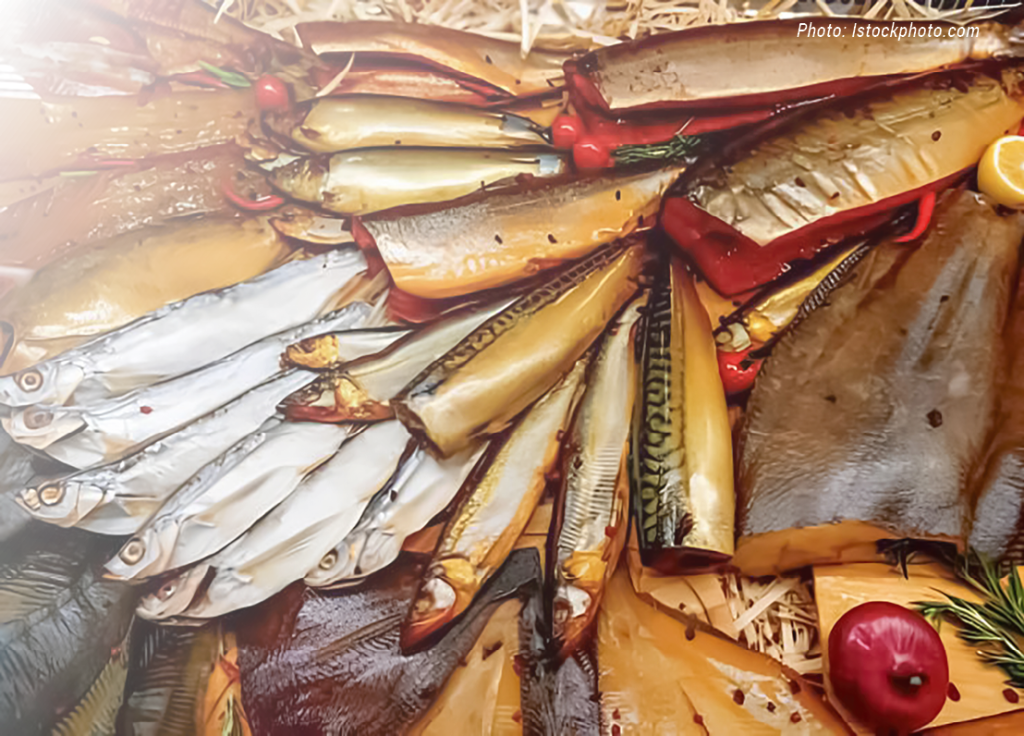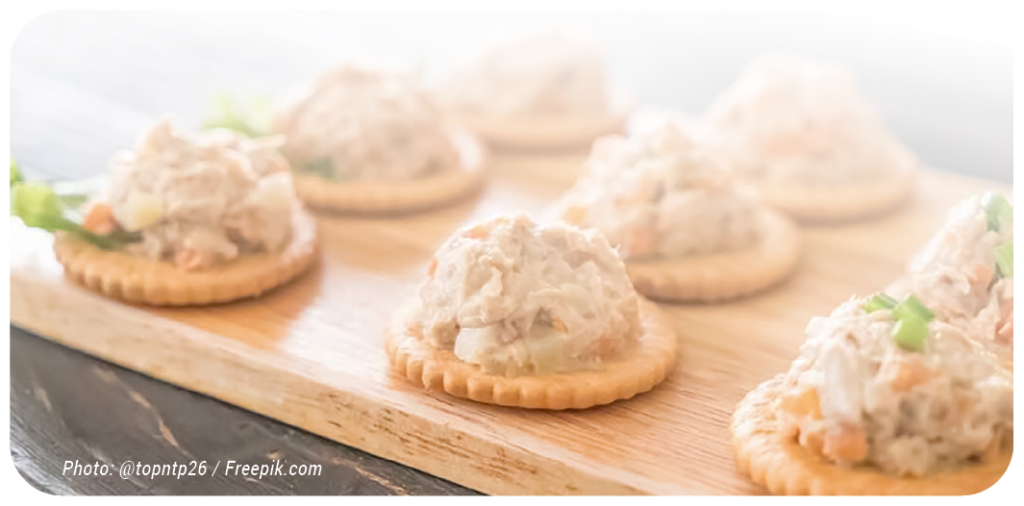According to the results of the TK Solutions study, Russian companies produced 76,446 tons of smoked fish in 2023. Compared to 2020, the output growth rate was 11%. The independent expert Pavel Kechin, head of the “Fish and Seafood” department of Profi.Bio research institute and a Ph.D. student in Ural State University of Economics, told sfera.fm about the main aspects of fish smoking and the innovations in the fish market that can enrich the field of fish production, and will definitely attract the attention of buyers.
Fish smoking is perhaps one of the most familiar ways of cooking fish, and smoked fish is also a product that makes the consumer’s mouth water when they enter the store and feel the aroma of smoked fish.
Our article is intended for producers, including beginners, who will be interested in the theory of smoking, as well as in new products produced by smoking.
History of fish smoking
It is worth noting that smoking appeared at the beginning of the centuries, when ancient people wondered how to preserve the prey after hunting and cutting it, because besides good days hunters also had bad days.
Our ancestors first began to salt and then to smoke pieces of meat and fish. People selected the tree species for smoking, the temperature, the size of meat and the salt content. Thus, century after century, the parameters and characteristics of smoking were developed, as well as the scientific approach to smoking which is a type of technological processing.
Smoked fish is a very tasty and nutritious product, available for consumption without additional cooking, which is in great demand among buyers of fish products.

Types of smoked fish
There are three methods of smoking. Fish can be
smoke-cured;
smoke-dried;
semi-hot smoked.
Smoked-cured fish is now produced under various specifications or company standards, the purpose of which in most cases is to increase shelf and storage life, change the packaging, cutting and storage temperatures.
The fact is that the main GOST 7447 since its establishment in 1955 and during the process of its development until 2015, introduced quite strict requirements justified from the health and disease control point of view, namely 48 hours at a temperature just above 0 degrees, 72 hours at a temperature of about 0 degrees and in frozen form – from the moment the technological process ends.
In general, smoke-cured fish, as mentioned earlier, is a very tasty and nutritious product that you can eat a lot of in one sitting.
This is due to the low salt content, from 1.5 to 3.0%. Let me remind you that we eat normal food with a salt content of 1.0 – 1.5% and it seems unsalted to us if there is less salt in it.
Perhaps any fish can be smoke-cured (of course, according to the standard documentation). River fish can be smoke-cured, sea fish can be smoke-cured, fat fish can be smoke-cured, and lean (low-fat) fish can be smoke-cured.
Consumers often ask themselves how to determine the readiness of smoke-cured fish. Smoke-cured fish is considered ready if the meat easily separates from the spine and there is no uncoagulated blood in it.
Smoke-dried fish should ideally meet the requirements of GOST 11482, because it allows producing a large number of different types of fish with various cuts and packages. Smoke-dried fish differs from smoke-cured fish by its high salt content, ranging from 5 to 12%, and by its shelf life of up to 2 months.
But, as they say, there are strict specifications and company standards to be followed, so producers are looking to increase the shelf and storage life, the temperature and so on.

The technological process of making smoke-dried fish is quite long, several times longer than the making of smoke-cured fish. This is due to the fact that the fish must reach a certain amount of salt content, the blood near the spine needs to coagulate, and most importantly, the curing process must begin inside the fish.
Some producers allow salted fish that has not been sold to be smoked. This is mostly fully cured fish that is even more delicious due to its taste and aroma with a light note of smoking.
The third method of smoking – the semi-hot smoking – is almost not used anymore. It was used to smoke White Sea herring and other small fish species, such as sprat and Baltic herring. The mass proportion of salt in semi-hot smoked fish is 3 to 8%, and the shelf life is 3 to 7 days.
In addition to the above-mentioned GOST standards, there are also specialized GOST standards. For example, GOST 11298-2002 “Smoke-dried Salmonids and Whitefish”, GOST 7445-2021 “Smoke-cured Sturgeons and Paddlefish”, and other standards.

Smoked fish meals
I will not dwell on the traditional smoked fish products because they are well known to consumers. I would like to tell about the new, unusual and attractive products for the Russian market that will undoubtedly attract the attention of buyers.

A very tasty and original dish can be prepared from smoked salmon back, if first you put a Wasabi or other Asian sauce on it, and then wrap it in a nori leaf.
Everyone is used to eat boiled shrimps, however, smoke-cured shrimps are a little-known dish. The great variation of the finished shrimp product is a key to a high demand by buyers. You can cook shrimps with or without shell, Red Argentinian shrimps or Bear-cub shrimps, and you can, of course, play with the size of the shrimps, the concentration of smoke and its types.
The correctly prepared caviar from smoke-cured or smoke-dried cod will also not leave anyone indifferent. Most importantly, you should pay attention to the integrity of the hard roe and the roe’s degree of maturity.
Most people know what rollmops are. Those are salted or pickled herring fillets, rolled into a cylindrical shape and skewered with a cocktail skewer. If you do not pack them in a can, but send them for a cold or hot smoking, you get a new high readiness product with a golden colour, which is called goldmops. To make it more appetizing, you can add some vegetables or sauce.
When it comes to sauces, when cutting fish, producers often wonder what can be made from the salmon’s tail part or from its nape. The production efficiency is based on using the whole fish without any waste. You can make mini snacks from the small pieces of fish, and put a sauce on them with a marinade injector. Different types of fish products plus different sauces will almost eliminate the empty places on the store shelves.
But you can achieve a great success not only by using sauces because there is an interesting and universal product that is called a canned pineapple. It perfectly complements the smoke-cured fish and gives it an exquisite taste.
I wanted to emphasize in my article that the centuries-old experience of smoking production can be successfully transformed into the modern world, fully meeting the new requirements and demands of both consumers and producers.
Pavel Kechin
Source: www.sfera.fm

